Doll Face (2005)
ジャンル : アニメーション, サイエンスフィクション, ホラー
上映時間 : 5分
演出 : Andrew Huang
シノプシス
Doll Face follows a machine’s struggle to construct its own identity. The machine with a doll face mimics images presented on a television screen and ultimately self-destructs from its inability to adopt a satisfactory visage. Created in its entirety by Andy Huang, Doll Face presents a visual account of desires misplaced and identities fractured by our technological extension into the future.
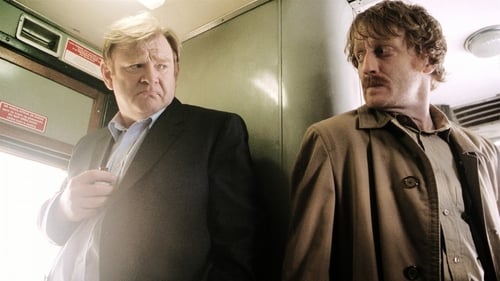
A black and bloody Irish comedy about a sad train journey where an older man, whose wife has died that morning, encounters a strange and possibly psychotic young oddball...

Wade, a young bootlegger discovers his partner's dead body in the woods and finds himself hunted by an urban criminal. Pushed to the limit Wade turns the tables and gets his revenge.

A first-time feature-film director (who's also the writer and producer) is casting the lead actress. We meet him talking to his wife about the picture and the process. We meet the actress, Sandy, negotiating with her roommate and talking by phone to her mother. Then, we watch Sandy audition for the director at the call-back session; also attending are the casting director and the production company's sycophants. The wrinkle is that the director is a homicidal misogynist, his wife is tied up and hanging from the ceiling, and Sandy has something in her purse that bodes a rocky future. (IMDb)

Oswald's sweetheart is stolen by a schoolyard bully, so he has to fight him during recess to win her back.

Explores a fleeting moment between two strangers, revealing their brief connection in a hyper real fantasy.
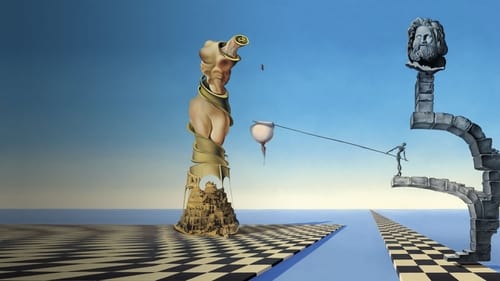
Short film to a song of love lost and rediscovered, a woman sees and undergoes surreal transformations. Her lover's face melts off, she dons a dress from the shadow of a bell and becomes a dandelion, ants crawl out of a hand and become Frenchmen riding bicycles. Not to mention the turtles with faces on their backs that collide to form a ballerina, or the bizarre baseball game.

The work of photographer Diane Arbus as explained by her daughter, friends, critics, and in her own words as recorded in her journals. Illustrated with many of her photographs. Mary Clare Costello, narrator Themes: Arbus' quirky go-it-alone approach. Her attraction to the bizarre, people on the fringes of society: sexual deviants, odd types, the extremes, styles in questionable taste, poses and situations that inspire irony or wonder. Where most people would look away she photographed.
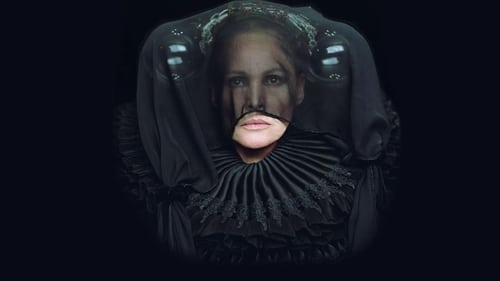
Cremaster 5 (55 min, 1997) is a five-act opera (sung in Hungarian) set in late-ninteenth century Budapest. The last film in the series, Cremaster 5 represents the moment when the testicles are finally released and sexual differentiation is fully attained. The lamenting tone of the opera suggests that Barney invisions this as a moment of tragedy and loss. The primary character is the Queen of Chain (played by Ursula Andress). Barney, himself, plays three characters who appear in the mind of the Queen: her Diva, Magician, and Giant. The Magician is a stand-in for Harry Houdini, who was born in Budapest in 1874 and appears as a recurring character in the Cremaster cycle.

A marching band of Germans, Italians, and Japanese march through the streets of swastika-motif Nutziland, serenading "Der Fuehrer's Face." Donald Duck, not living in the region by choice, struggles to make do with disgusting Nazi food rations and then with his day of toil at a Nazi artillery factory. After a nervous breakdown, Donald awakens to find that his experience was in fact a nightmare.
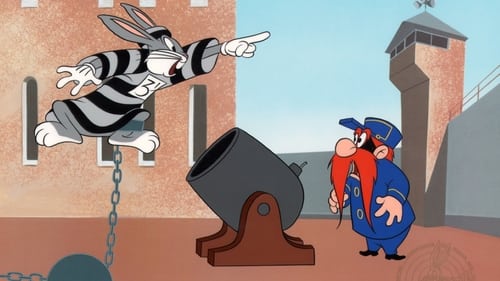
Bugs Bunny escapes hunters by leaping into his rabbit hole and tunneling to safety. Unhappily he tunnels into the Sing Song prison where a sadistic prison guard named Sam Schultz refuses to accept that he's anything but one of the prisoners. Soon Bugs is in stripes, but it's the guard who will find prison life to be hell when Bugs Bunny is around to trick him into a cell, the hangman's noose, an electric chair and even into the warden's office, where Bugs will put a severe strain on the relationship between boss and underling. Finally, Sam decides that enough is enough.

「アート・アニメーションの神様」として世界中のアニメーターたちから敬愛されるロシア人アニメーター、ユーリー・ノルシュテイン監督が、自身の記憶を色濃く反映させながらつづった映像叙事詩。トルコの詩人ナジム・ヒクメットの同名の詩をモチーフに、ロシア子守唄に出てくる狼の子が狂言回しとして登場。幼少時の戦争体験などノルシュテイン監督自身の様々な記憶を散りばめながら、モーツァルトとバッハの旋律に乗せて、時にユーモラスに、時に悪夢的に描き出す。その完成度と芸術性の高さから世界各地の映画祭で絶賛され、ノルシュテイン監督を代表する一作となった。

Egyptian gods summon the angel Lucifer, in order to usher in a new occult age.
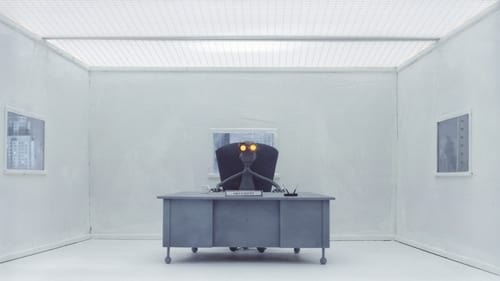
A factory worker in a dark, gray world assembles devices that promise happiness. In his spare time he tinkers to create something better, and finally succeeds in perfecting his invention, which allows people to see life through rose-colored glasses, but he has to pay a price for his success.
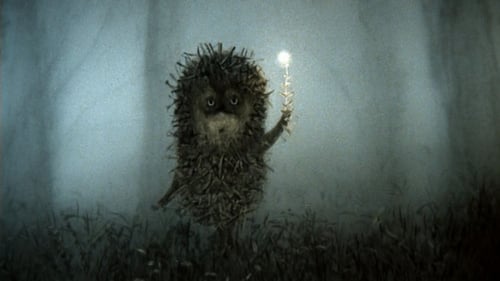
「アート・アニメーションの神様」として世界中のアニメーターたちから尊敬されるロシア人アニメーター、ユーリー・ノルシュテイン監督の代表作で、児童文学作家セルゲイ・コーズロフによる物語を映像化した短編アニメ。ハリネズミのヨージックは、友だちの子グマの家でお茶を飲みながら星を数えるため、夕暮れの野原を急ぎ足で歩いていた。しかしいつの間にか周囲に霧が立ちこめ、ヨージックは様々な体験をする。ノルシュテイン監督と撮影監督アレクサンドル・ジュコフスキーが本作のために新たに制作した大型撮影台「マルチプレーン」を用い、多層のガラス面に切り絵を配置する独自の手法で描いた。

Big brother Rabbit takes care of his little sister all day while their parents are sleeping after a carrot hunt the night before. And he has a lot of patience with his stubborn and waddling little sister.

Sylvester Cat spots Tweety Bird in a display window of an after-hours department store and sneaks inside through a mail server chute. Tweety flees Sylvester by hiding in a hat pile and a doll house, evades the shots from a rifle Sylvester uses, and escapes in a vacuum tube. Tweety sends a dynamite stick through another tube, and Sylvester swallows it, thinking it is Tweety. The dynamite blows up inside Sylvester after the cat leaves the store and walks down the street.

A Corny Concerto is an American animated cartoon short produced by Leon Schlesinger Productions and distributed by Warner Bros. It was directed by Bob Clampett, written by Frank Tashlin, animated by Robert McKimson and released as part of the Merrie Melodies series on September 25, 1943. A parody of Disney's 1940 feature Fantasia, the film uses two of Johann Strauss' best known waltzes, Tales from the Vienna Woods and The Blue Danube, adapted by the cartoon unit's music director, Carl Stalling and orchestrated by its arranger and later, Stalling's successor, Milt Franklyn. Long considered a classic for its sly humor and impeccable timing with the music, it was voted #47 of the 50 Greatest Cartoons of all time by members of the animation field in 1994

徳川幕府に反旗を翻す闇の集団が、公儀転覆の画策で江戸の町に再び混乱を招こうとしていた。いち早くその動きを掴んだ画仙道の長、十文字は一門のひとり、墨屋紙朗(すみやしろう)を江戸に呼び寄せる…。自分の描いた絵や字に特殊な力を持たせる秘術「画仙道術」の遣い手たちが、江戸を舞台に巨大な画獣と激しい戦いを繰り広げるアクション活劇。
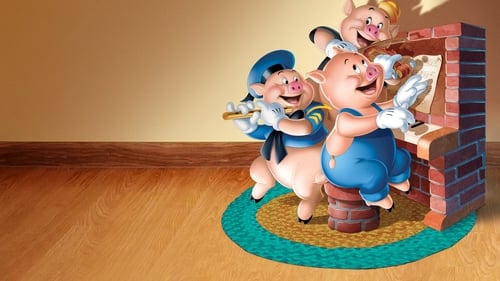
The two pigs building houses of hay and sticks scoff at their brother, building the brick house. But when the wolf comes around and blows their houses down (after trickery like dressing as a foundling sheep fails), they run to their brother's house. And throughout, they sing the classic song, "Who's Afraid of the Big Bad Wolf?".

The story revolves around 3 soldiers who are on the outskirts of a war torn city. They are patrolling an area when a bomb is accidentally set off and they have to wait for help.














